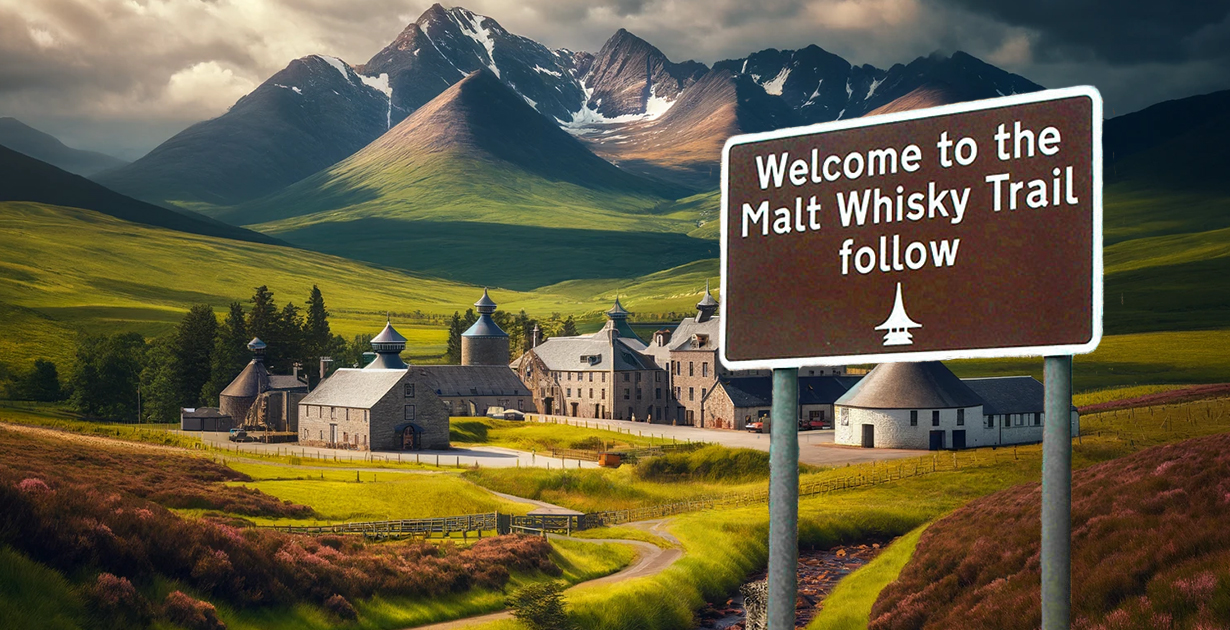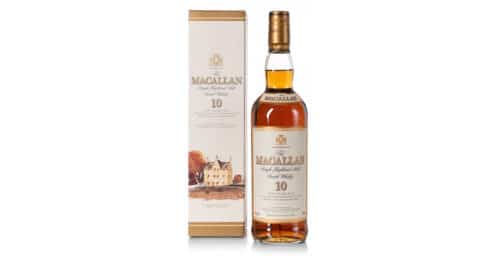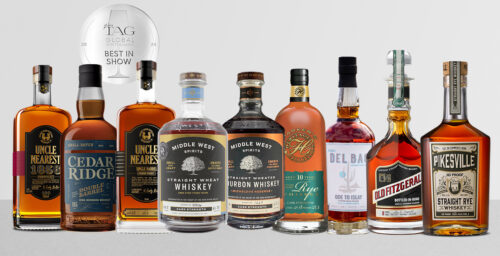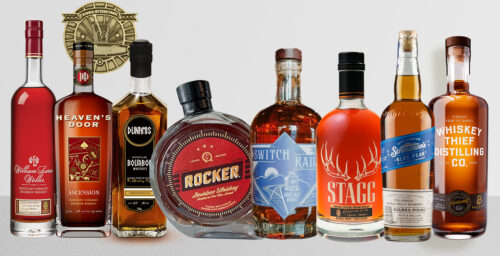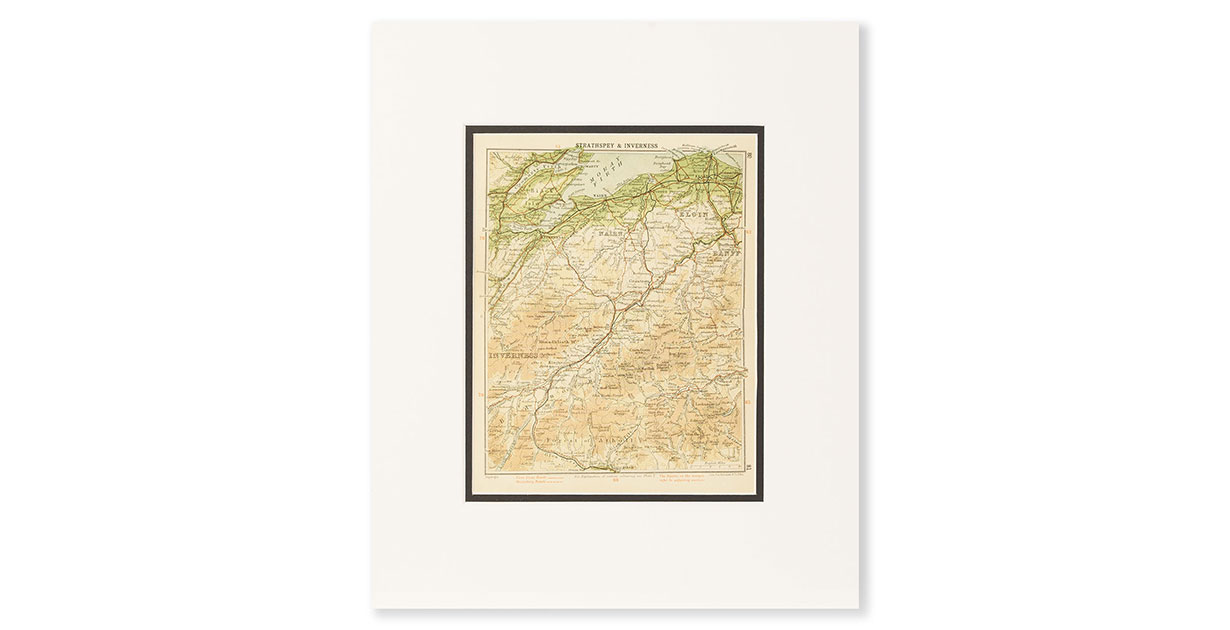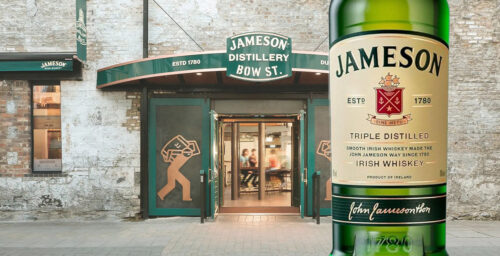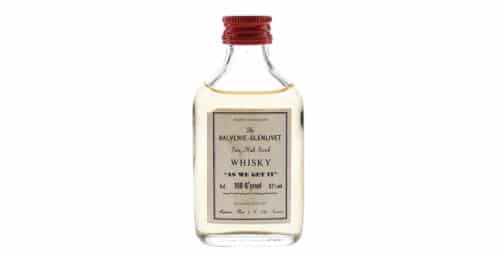Located in the northeast of Scotland and stretching from the coast into the Cairngorms National Park, Speyside encompasses much of Nairnshire, Moray, and some of Banffshire. The area is also home to over 50 scotch whisky distilleries; the highest concentration of distilleries in any one region.
With Scotland’s vast area, islands, remote glens, and mountains, why is it that Speyside is home to such a high number of distilleries in comparison to other regions?
The answer lies in Speyside’s geography. Its unique position in Scotland both geographically and politically has shaped the region into the one that we know today: the heart of whisky distilling in Scotland.
Speyside’s Political Isolation
In 1644, the first-ever tax on scotch whisky was levied in response to the growing number of illicit distilleries operating in Scotland. Then, in 1707, The Scottish Excise Board was established to track and enforce the new laws surrounding scotch whisky distillation.
However, north of the Cairngorm mountains, Speysiders had been distilling whisky illicitly for many years, and the newly imposed taxes would not stop them.
Partly to thank for the typical Speyside resolve that pushed communities to continue their operations was their separation from the rest of Scotland. Not just geographically, but politically too.
The Jacobite Rising of 1745
In the mid-1700s, Bonnie Prince Charlie was leading a campaign on behalf of his father James Francis Edward Stuart (the son of James VII of Scotland and II of England). Bonnie Prince Charlie was Catholic, as was his father, and this was a central issue surrounding his father’s claim to the throne. At this time, the rest of the British Royal Family, Navy, and armies were Protestant and did not want a Catholic on the throne.
During Bonnie Prince Charlie’s campaign, which ended in defeat at the Battle of Culloden, Speyside and other areas of the Highlands remained steadfastly Catholic, despite the rest of Great Britain (for the most part) leaning towards Protestantism and opposing the rebellion.
The resulting attack on Highland culture, including the banning of kilts, did nothing but strengthen the resolve of the Speysiders.
And so, despite the evolving scotch whisky laws, Speysiders continued to illicitly distill scotch whisky, with Speyside’s unique geography backing them all the way.
The Geography of Speyside
There are a few reasons why the geography of Speyside helped the region develop. Let’s start by looking at the specific characteristics of Speyside that make it perfect for whisky distilling.
Speyside has a varied landscape – it has fields, rivers, springs, and mountains. These geographical features represent the perfect whisky-making landscape. Fields for growing barley, rivers and springs for sourcing soft water, and mountains to protect them from advancing excisemen from the south.
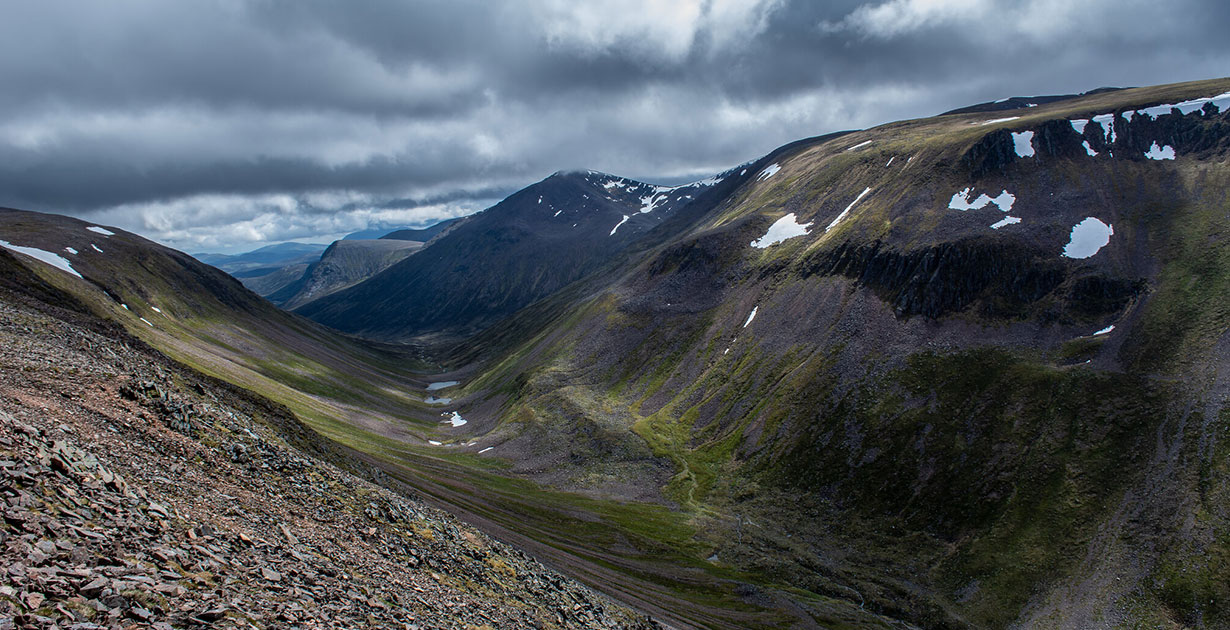
The Cairngorm mountains provided unique protection in that, in the 18th and early 19th centuries, it was extremely difficult to traverse these mountains, particularly in the winter when Speyside experienced extreme cold and snow. As such, the illicit distillers in Speyside took advantage of this and distilled in winter.
Winter distillation was not only helpful in terms of keeping the tax man away but also in terms of making better quality whisky. The winter offered perfectly cool water sources and the ability to distill at the end of the harvest season.
As a result of this, Speyside began producing high-quality whiskies that were far more consistent than those produced in the South. Illicit distillers in the south of Scotland were much more exposed to the wrath of the tax man, meaning that distilling operations were often shut down and then rebuilt in a different location. This constant movement also meant the production of inconsistent products.
Speyside suddenly found itself at the heart of whisky distilling in Scotland. Speyside whisky was far superior to whisky being produced in the lowlands, and soon the spirit began to gain popularity.
Years later, in 1822, it would be a dram of Speyside whisky that would change the landscape of whisky distilling in Scotland forever.
The 1823 Excise Act
In 1822, King George IV made a trip to Edinburgh, becoming the first English monarch to visit Scotland in over 200 years. The trip was widely reported on.
During his visit, he sampled a whisky that was distilled at matured near Glen Livet in Speyside. The whisky was not from the Glenlivet Distillery, as this was not built until 1824. The single malt impressed the King so much that he ordered a supply to be sent back to England for his personal use. However, the whisky was unavailable outside of the Highlands, as was the case for most scotch whisky at the time.
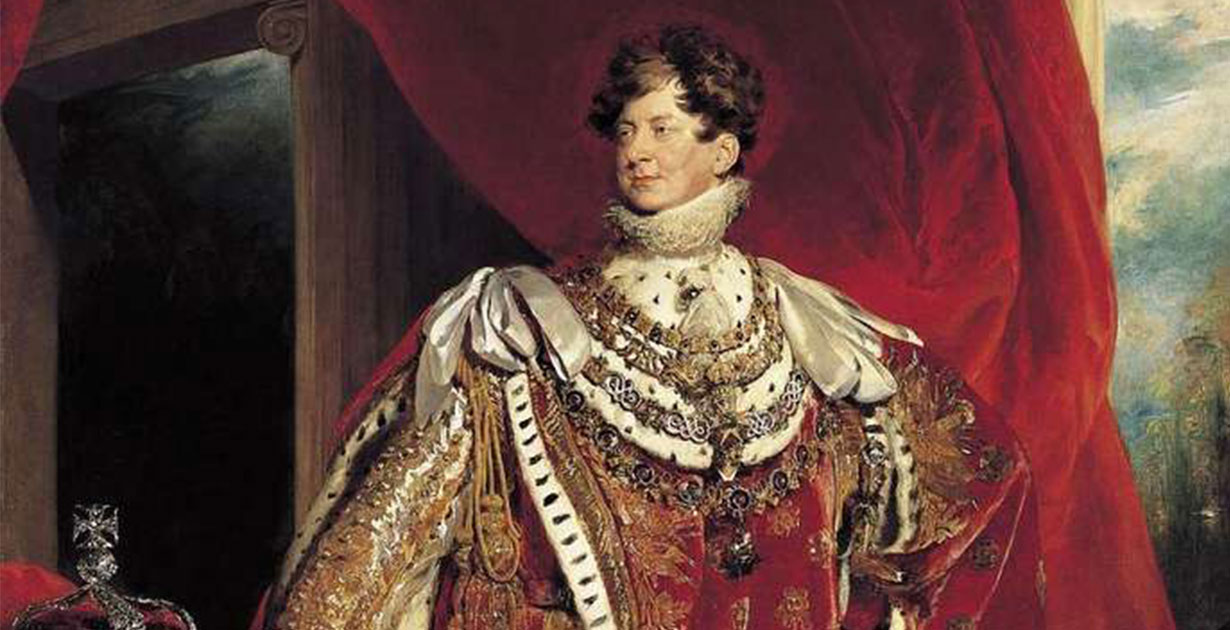
George IV, undeterred by this setback and bolstered by the discussion around scotch whisky distillation, promptly passed the Excise Act in 1823 with the help of his government, officially sanctioning distillation.
Over the ensuing years, legal scotch whisky distilleries were built in droves. Some of the earliest legal distillers built post-Excise Act are Macallan, Glenlivet, Glenfarclas, and Benrinnes.
The scotch whisky industry was growing, and Speyside was the frontrunner in terms of quality. However, the mountains that had once shielded the region from the exciseman were now making life rather difficult in terms of trade.
Fortunately, 1854 signalled the arrival of the Strathspey Railway.
The Strathspey Railway
The Strathspey Railway arrived in Dufftown and Keith in 1854, and by 1861 the line extended to Knockando. The railway brought about a swathe of new distilleries, eager to capitalise on the new, easier access to travel.
In the ensuing years, the railway provided the opportunity to ship whisky out to the big blending houses in Glasgow and Edinburgh, as well as bringing in supplies such as coal and barley from the south.
As such, the railway opened Speyside to the rest of Scotland, and the distilling industry in the area reached new heights.
A Snapshot of Speyside Life In 1914
The authentic map of Strathspey & Inverness that we have available on our website offers a snapshot of Speyside as it was in 1914.
At this point in history, the whisky boom had taken hold, and a whole host of distilleries had been established in the late 19th century, especially alongside the River Spey and the Strathspey Railway.
On the map, you can see both the river and the railway that became so utterly important to the development of Speyside as a whisky region. Also visible on the map are the Cairngorms, the very mountain ranges that protected Speyside from the advancing tax men in the 1700s.
Also visible on the map is Culloden, the site of the battle that ended Bonnie Prince Charlie’s rebellion in 1746.
This detailed, topographical map of Speyside dating from 1914 offers insight into the geography of the region and the vast number of distilleries that call it home.
Buy the Authentic Topographical Map of Strathspey & Inverness by John Bartholomew c. 1914 on the Mark Littler Shop for just £35.
Speyside Today
Today, Speyside is seen as the beating heart of the whisky industry and is home to distilleries such as Macallan, Glenfarclas, Balvenie, and Glenfiddich. The region accounts for over 60% of all scotch whisky production.
Speyside is also home to the Malt Whisky Trail, an itinerary of whisky distilleries and cooperages that encompass the culture of Speyside whisky distilling. To find out more, visit the Malt Whisky Trail website.
The whisky industry truly would not be the same today if it weren’t for Speyside’s geography – the perfect mix of all of the elements needed to create high-quality scotch whisky.

